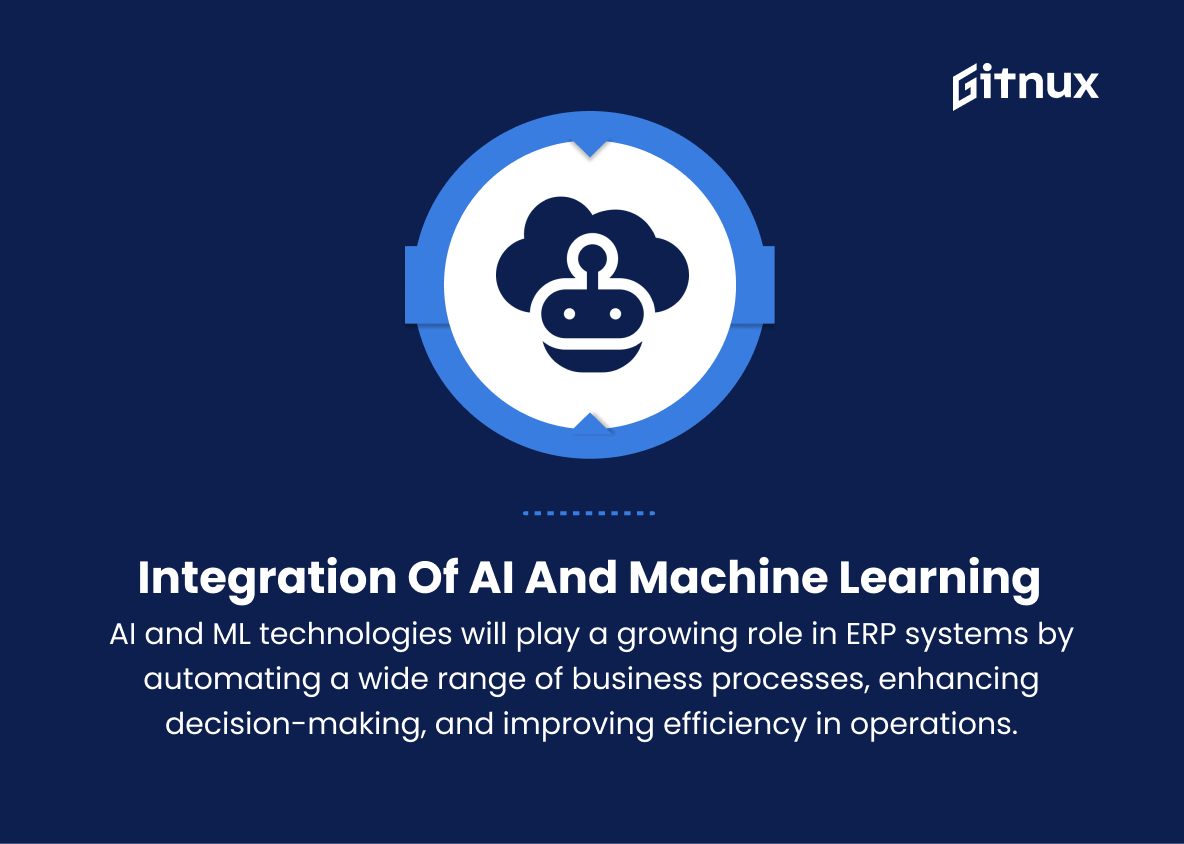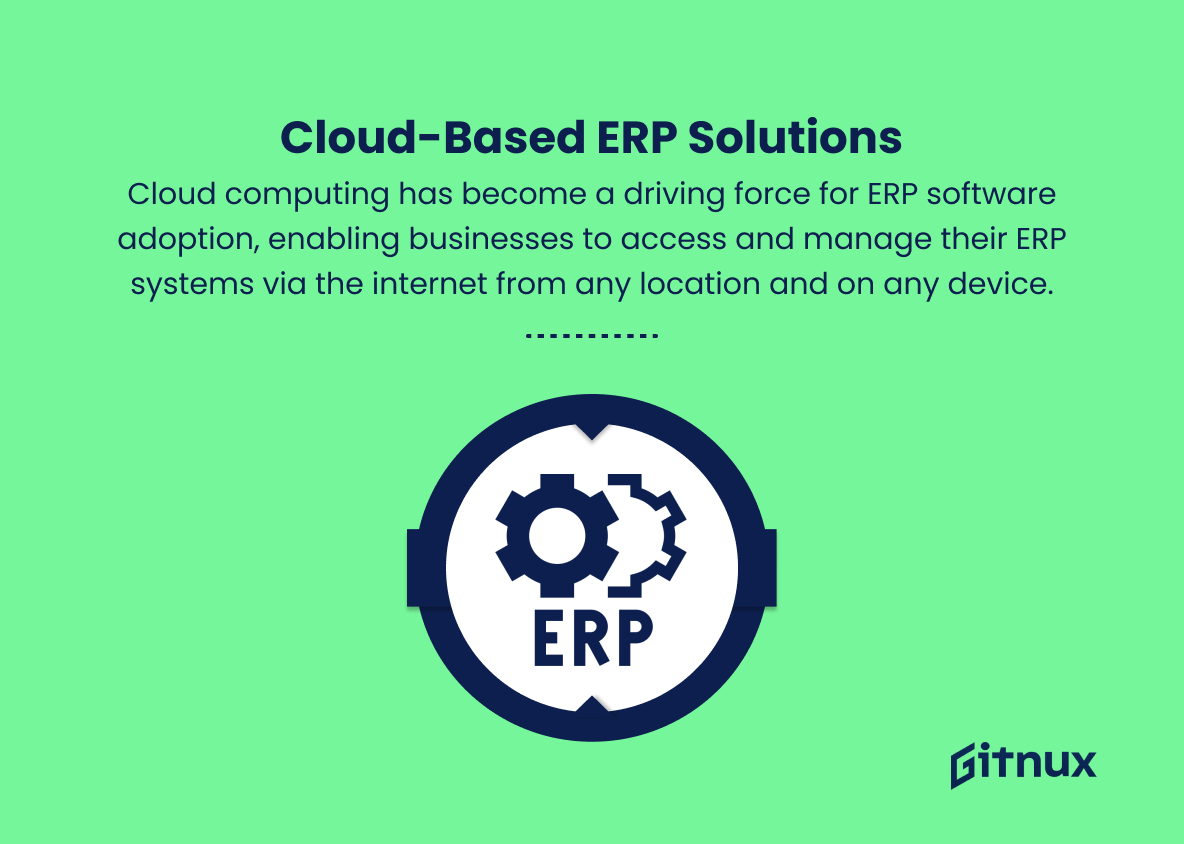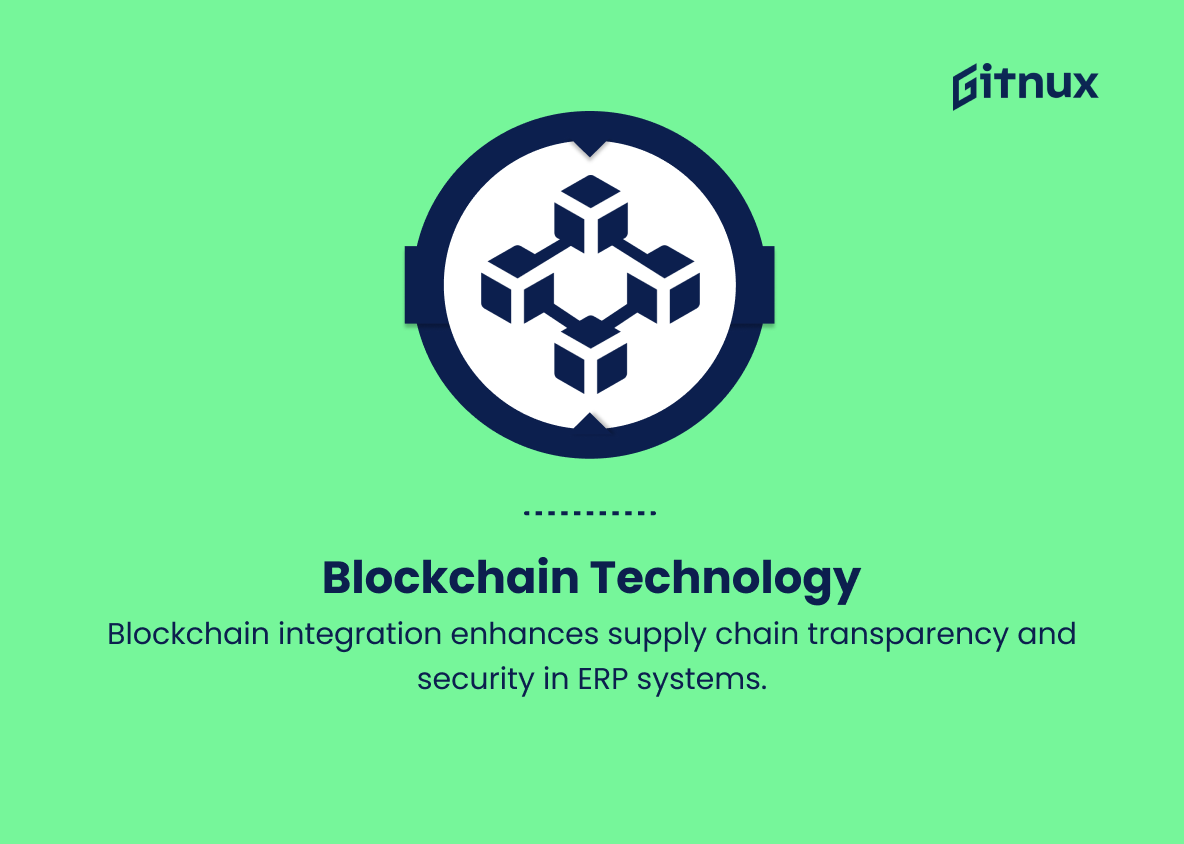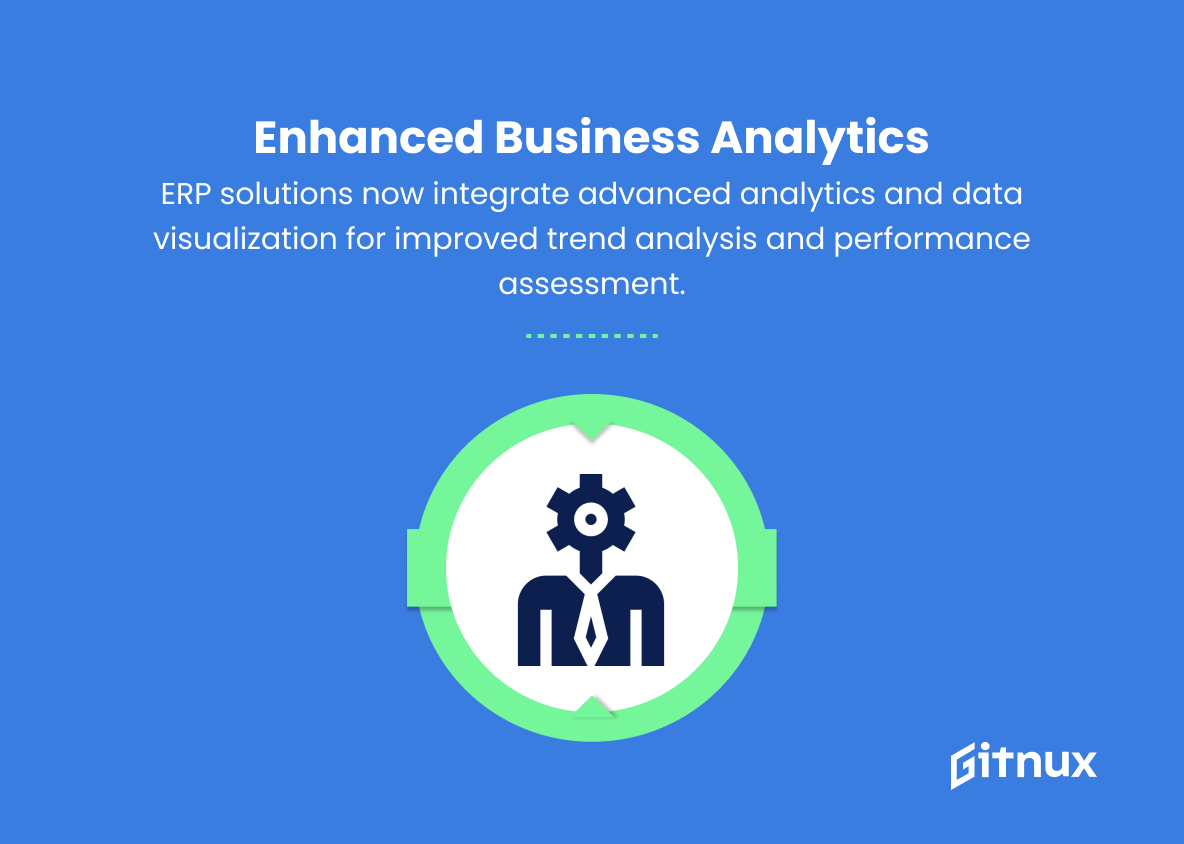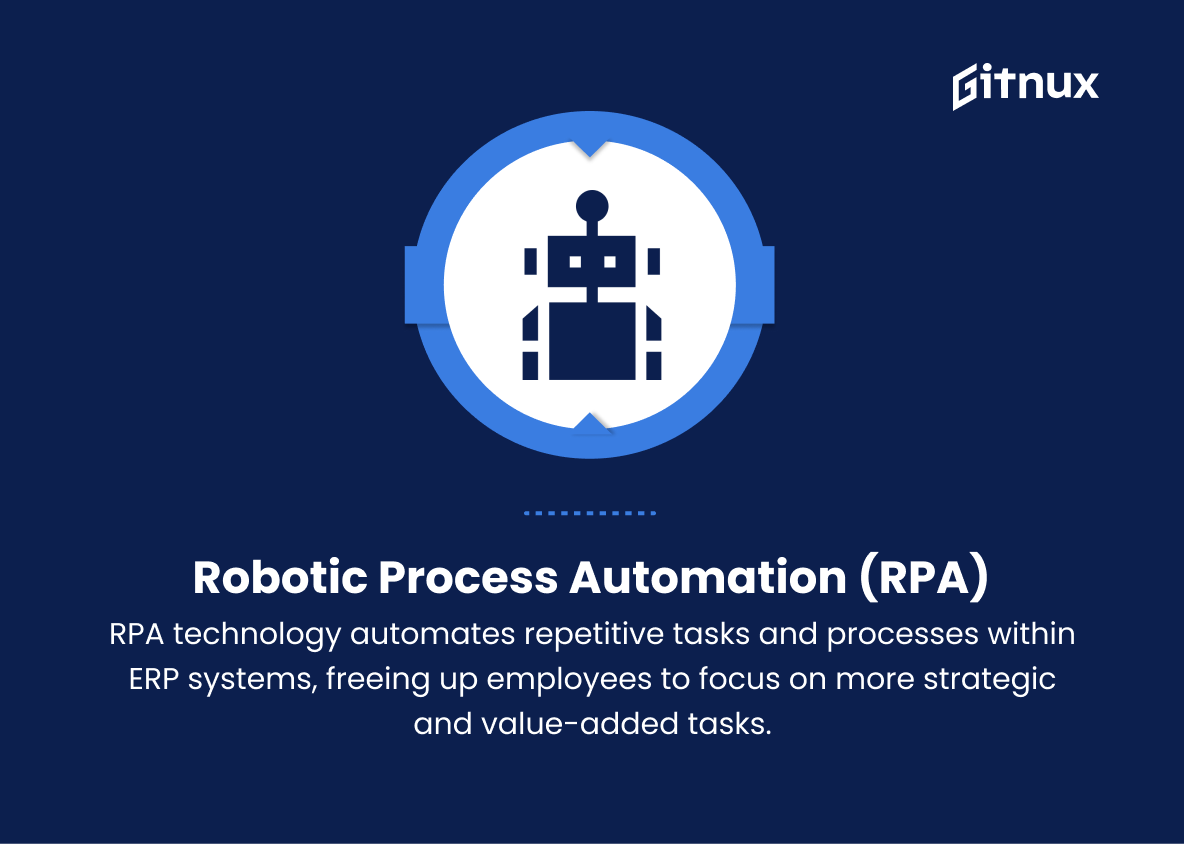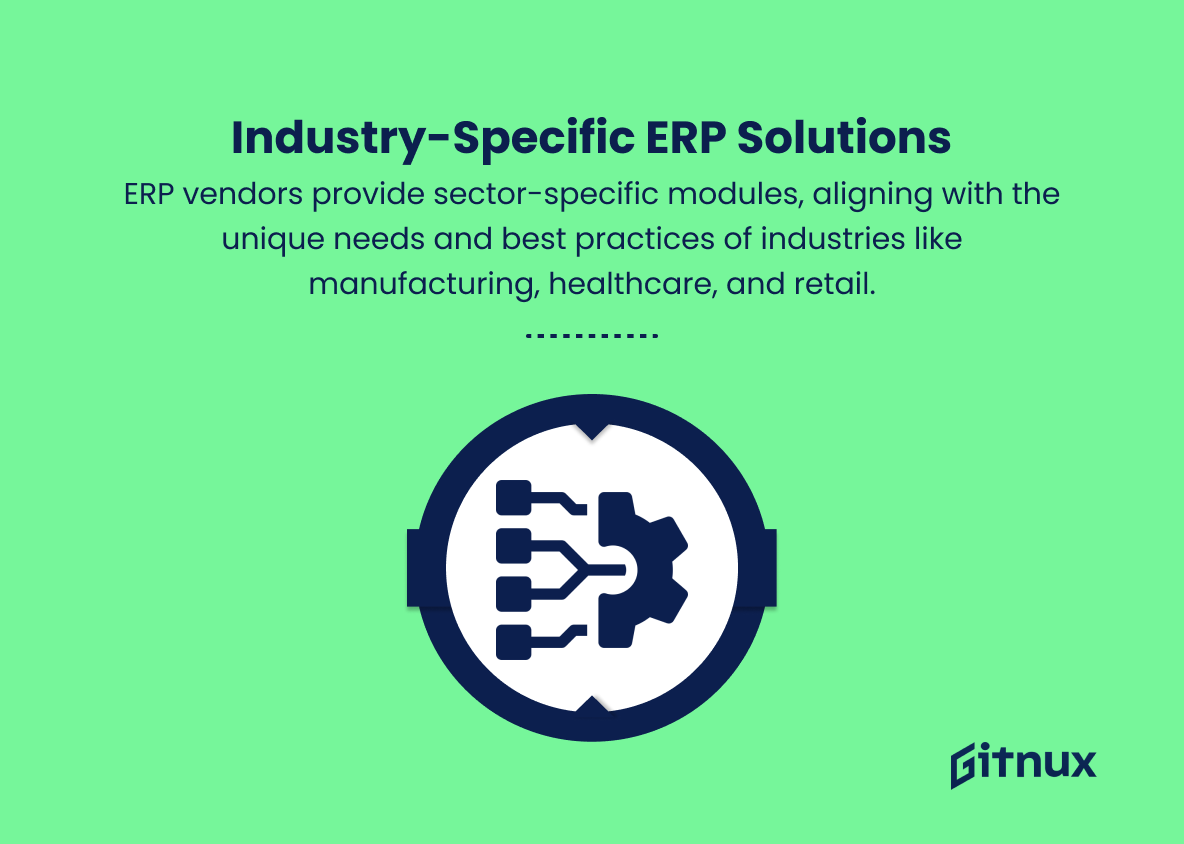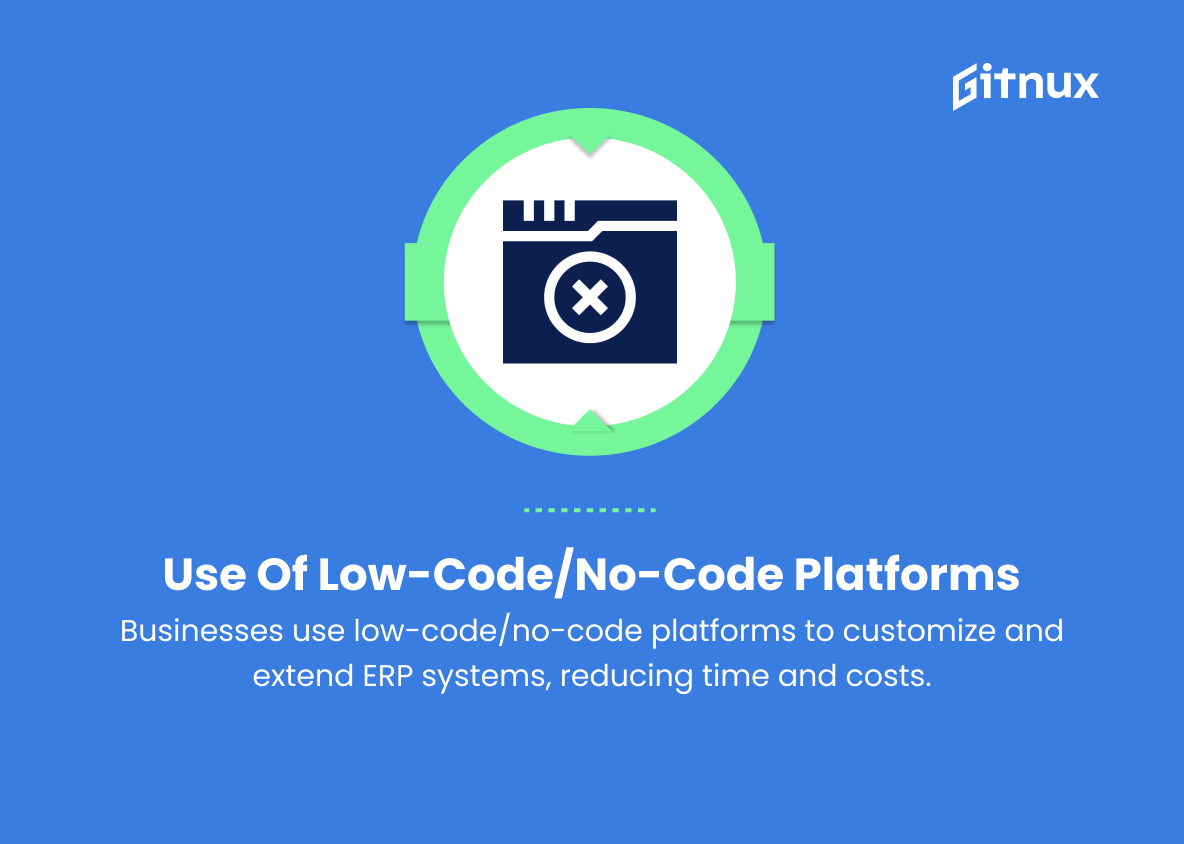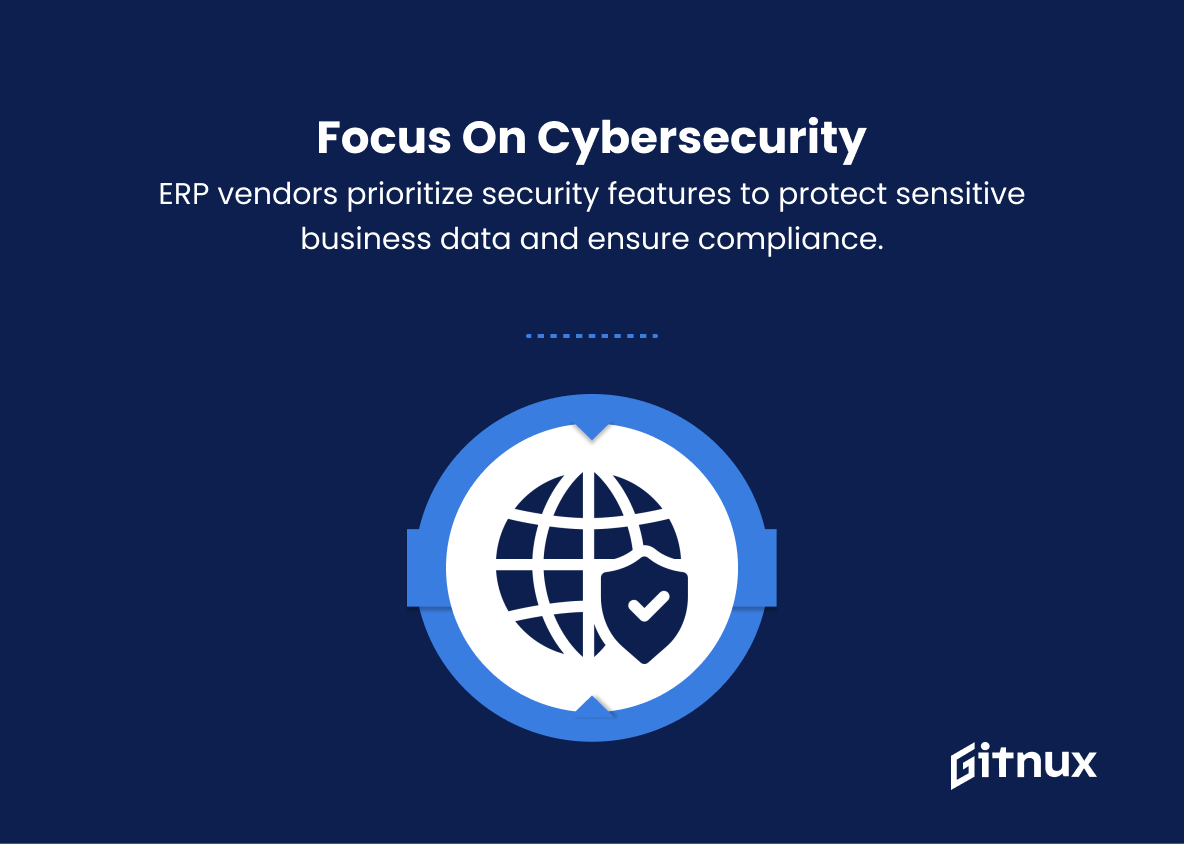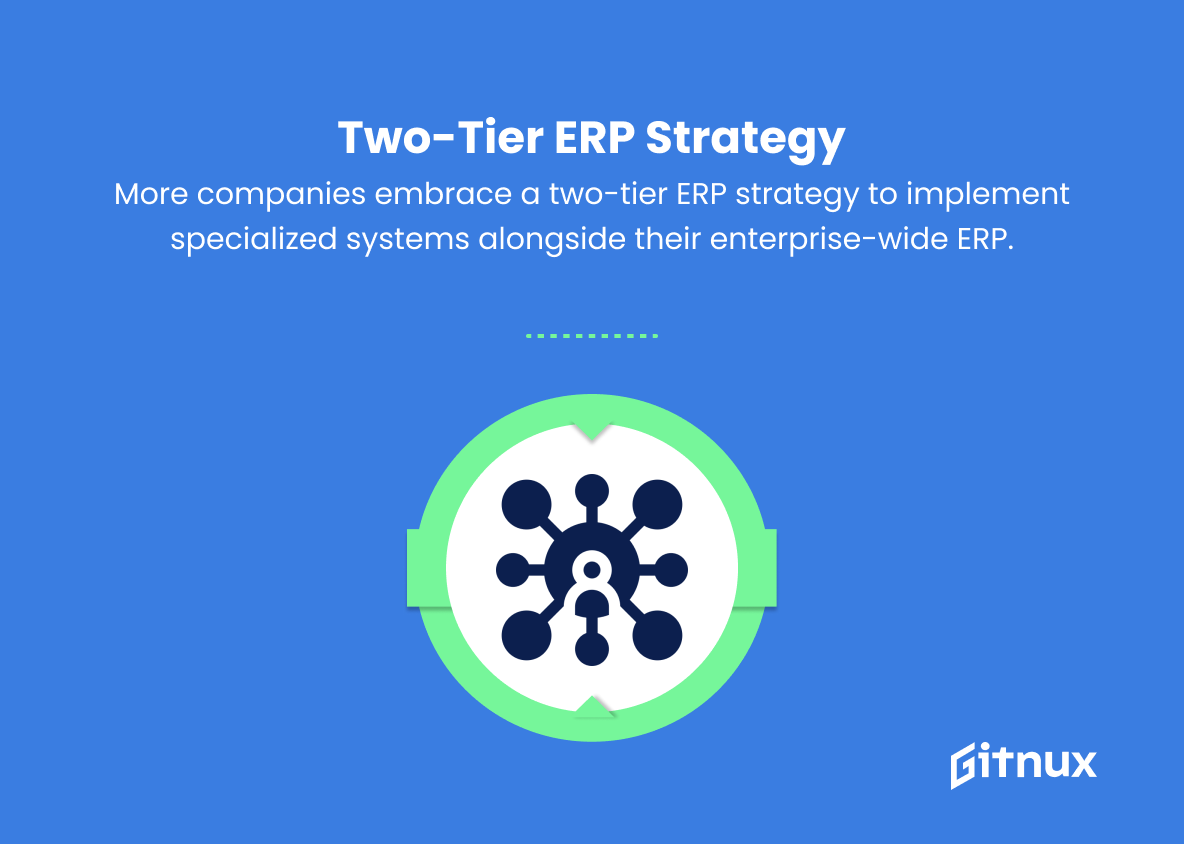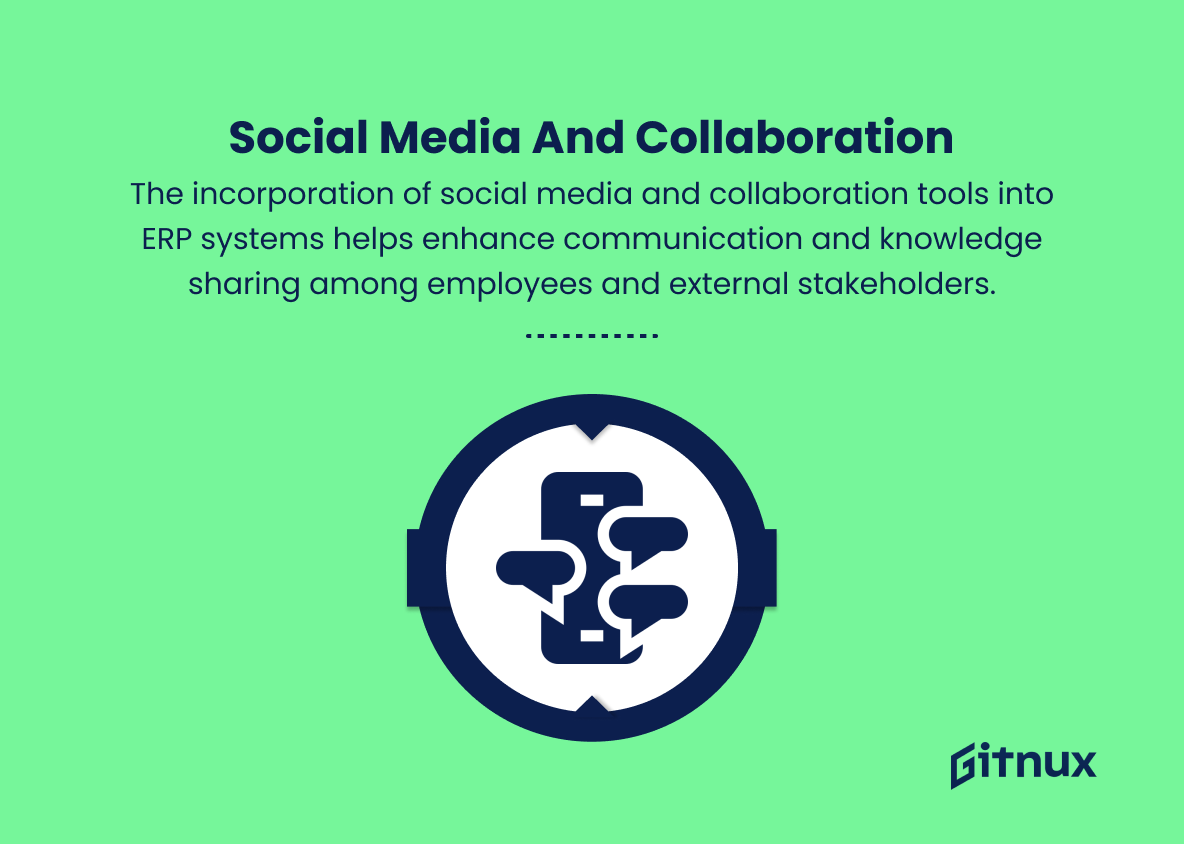In today’s rapidly evolving business landscape, Enterprise Resource Planning (ERP) systems have emerged as a critical component for organizations seeking to streamline their operations and achieve a competitive edge. With new advances in technology and shifting market dynamics, ERP trends are constantly changing, pushing businesses to adapt and innovate. In this insightful blog post, we will delve into the latest ERP trends that are revolutionizing the way companies manage their resources, enhance decision-making, and drive growth. Join us as we explore the cutting edge of ERP systems and their far-reaching implications for the future of business.
Top ERP Trends
1. Integration of artificial intelligence (AI) and machine learning (ML)
AI and ML technologies will play a growing role in ERP systems by automating a wide range of business processes, enhancing decision-making, and improving efficiency in operations.
2. Cloud-based ERP solutions
Cloud computing has become a driving force for ERP software adoption, enabling businesses to access and manage their ERP systems via the internet from any location and on any device.
3. Mobile & responsive ERP solutions
With a growing number of people using smartphones and tablets to access information, ERP vendors are focusing on providing mobile-friendly and responsive interfaces to support remote access to enterprise resources.
4. IoT integration
The integration of the Internet of Things (IoT) with ERP systems enables businesses to collect and analyze data from connected devices and sensors, leading to smarter decision-making, predictive maintenance, and improved inventory management.
5. Blockchain technology
Blockchain technology is increasingly being incorporated into ERP systems to improve supply chain transparency, enhance data security, and streamline processes such as financial transactions and smart contracts.
6. Enhanced Business Intelligence and Analytics
Advanced analytics and data visualization tools are becoming essential components of ERP solutions, allowing businesses to better understand and respond to trends and performance metrics.
7. Robotic Process Automation (RPA)
RPA technology automates repetitive tasks and processes within ERP systems, freeing up employees to focus on more strategic and value-added tasks.
8. Industry-specific ERP solutions
ERP vendors are increasingly offering industry-specific functionalities and modules tailored to the unique requirements and best practices of specific sectors, such as manufacturing, healthcare, or retail.
9. Growing adoption of low-code/no-code platforms
Businesses are turning to low-code or no-code platforms to customize and extend their ERP systems without extensive programming, reducing the time and costs associated with software development.
10. Focus on cybersecurity
With the increasing number of cyber threats, ERP vendors are prioritizing robust security features and mechanisms to protect sensitive business data and ensure compliance with relevant regulations.
11. Enhanced customer experience
ERP systems are increasingly incorporating customer relationship management (CRM) functionalities to provide a personalized and seamless customer experience across all touchpoints.
12. Two-tier ERP strategy
More organizations are adopting a two-tier ERP strategy, implementing a second ERP system to serve a specific business unit or geography while maintaining the existing enterprise-wide ERP system in place.
13. Real-time data and decision-making
The emphasis on real-time data processing and analysis enables businesses to stay agile, make faster decisions, and improve overall operational efficiency.
14. Social media and collaboration
The incorporation of social media and collaboration tools into ERP systems helps enhance communication and knowledge sharing among employees and external stakeholders.
15. Sustainability and green initiatives
Companies are focusing on ERP systems that support sustainability initiatives and help them measure and monitor their environmental impact, energy consumption, and carbon footprint.
Implications
In the coming years, ERP trends will have significant implications for how businesses manage their operations, optimize efficiency, and adapt to new technological advancements.
The integration of AI and ML technologies within ERP systems will automate various processes, enhance decision-making capabilities, and improve operational efficiency.
The increasing demand for cloud-based ERP solutions will allow organizations to access and manage their software from anywhere, while mobile-friendly interfaces will cater to the growing number of people accessing information on-the-go.
IoT integration and blockchain technology will enable smarter decision-making, predictive maintenance, and improved inventory management through enhanced data collection, security, and supply chain transparency.
Advanced analytics, business intelligence, and data visualization tools will become essential components of ERP solutions, helping organizations better understand and respond to trends and performance metrics.
As robotic process automation (RPA) technology frees up employees from repetitive tasks, the shift towards industry-specific modules and low-code/no-code platforms will reduce development time and costs.
The growing focus on cybersecurity will ensure businesses can protect their sensitive data, while enhanced CRM functionalities within ERP systems will provide a more personalized customer experience.
The adoption of a two-tier ERP strategy will allow organizations to maintain separate ERP systems for specific business units or geographies, providing greater flexibility and control as businesses increasingly prioritize real-time data and decision-making capabilities.
Social media and collaboration tools integrated within ERP systems will foster communication and knowledge sharing, while a focus on sustainability initiatives will encourage companies to monitor their environmental impact, energy consumption, and carbon footprint.
Overall, these trends will shape the future of ERP systems, driving innovation and transforming the way businesses operate in an ever-evolving technological landscape.
Conclusion
In closing, it is evident that the ever-evolving ERP landscape will continue to redefine and shape the way businesses operate in this digitally-driven era.
As technological advancements and integration capabilities expand, companies must stay on top of the latest ERP trends to stay competitive in their respective industries.
By embracing cloud-based solutions, intelligent automation, enhanced data analytics, and prioritizing cybersecurity, businesses will be better equipped to streamline their processes, improve decision-making, and ultimately, drive overall growth and success.
Staying informed on these trends and strategically implementing them will be crucial for organizations navigating the increasingly complex world of enterprise resource planning.
